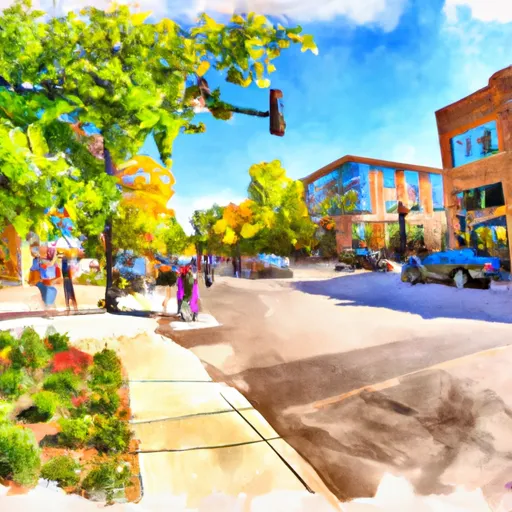°F
°F
mph
Windspeed
%
Humidity











Boulder, Colorado is a city located at the foothills of the Rocky Mountains, with a temperate climate characterized by warm summers and cold winters. The city is situated on the banks of Boulder Creek, a tributary of the South Platte River, which provides a source of water for the community. However, Boulder faces challenges related to hydrology constituents such as sediment, nutrients, and bacteria. Despite this, the city offers numerous outdoor recreation opportunities, including hiking and biking trails, rock climbing, and skiing/snowboarding in the nearby mountains. Boulder is also home to several parks and open spaces, such as the famous Chautauqua Park, which hosts concerts and events throughout the summer.
Weather Forecast
Boulder receives approximately 416mm of rain per year, with humidity levels near 50% and air temperatures averaging around 11°C. Boulder has a plant hardyness factor of 5, meaning plants and agriculture in this region thrive during a short period during spring and early summer. Most plants will die off during the colder winter months.
Regional Streamflow Levels
5
Cubic Feet Per Second
0
Cubic Feet Per Second
3
Cubic Feet Per Second
2
Cubic Feet Per Second
Nearby Camping
| Camping Area | Reservations | Toilets | Showers |
|---|---|---|---|
| Devils Head | |||
| Buffalo | |||
| Flat Rocks | |||
| Platte River | |||
| Lone Rock | |||
| Ouzel |



